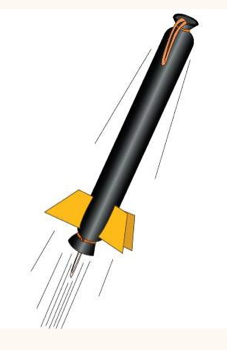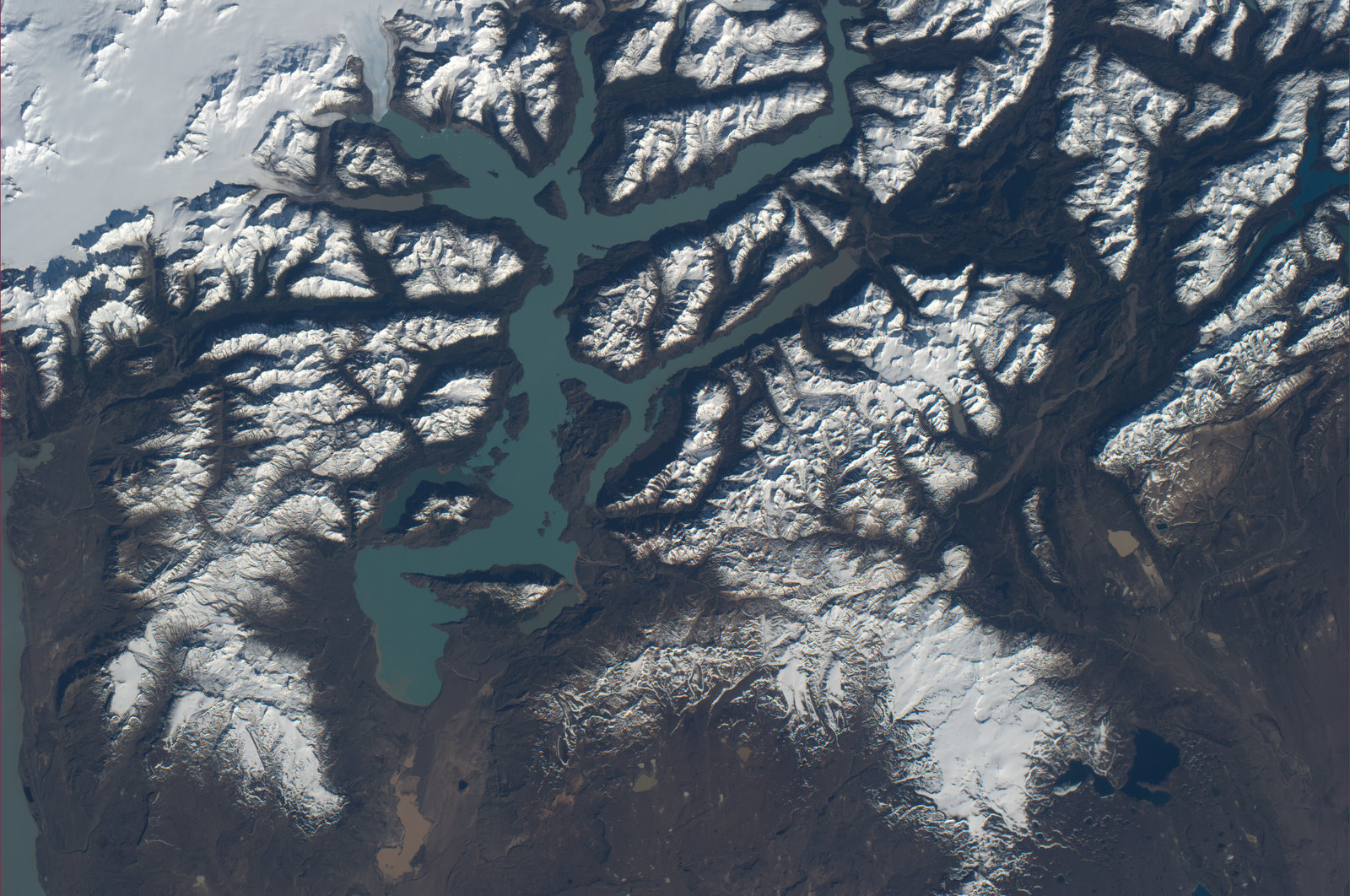It’s no surprise that Jim Stofan knows rockets. He does, after all, work at NASA. But you might not predict that Stofan would wax eloquent about projectiles powered by everything from rubberbands to antacid tablets.
“We do them in a variety of ways,” says Stofan, speaking not of the spacecraft NASA launches into the stratosphere but of the hands-on activities the agency has developed to teach kids about science. “Anything from little pop rockets—made out of construction paper, put in a film canister, then propelled by half an Alka Seltzer tablet and a little water—to rocketry challenges for older students, where they develop their own significantly powered rockets that can fly up to a mile. It’s about giving students the hands-on opportunity to understand the basics of propulsion.”
When howtosmile.org began collaborating with NASA, the informal science site’s store of rocket science activities shot through the roof, so to speak. From Foam Rockets to Rocket Wind Tunnel to Pop Can Hero Engine, howtsomile.org now counts many NASA gems among its hundreds of space science activities.
NASA is about more than space, of course. The folks who brought us Apollo 13 and the Mars Rovers are also fully engaged here on Earth, and have a long-standing commitment to education. The agency has ten regional education offices—from the famed Jet Propulsion Laboratory in Pasadena, California, to the Goddard Institute of Space Studies in New York, where scientists study natural and man-made changes in our environment.
Besides its alliance with howtosmile.org, NASA teams up with a variety of diverse organizations, from the National Park Service (helping park rangers interpret the night sky for park visitors) to the Girl Scouts, where girls are introduced to careers in science and engineering.
Just as NASA is about more than space, Jim Stofan, NASA’s Deputy Assistant Administrator for Integration, is about more than aeronautical science. Read more about Jim's journey from his native San Francisco to NASA’s headquarters in Washington, DC. Along the way, he's done everything from overseeing the National Wildlife Federation’s community education efforts to developing environmental education programs at Florida’s Sea World to serving as a volunteer scuba diver at the National Aquarium in Baltimore.
Image at right: Patagonia from the International Space Station. See more public domain shots of space at NASA Images.


